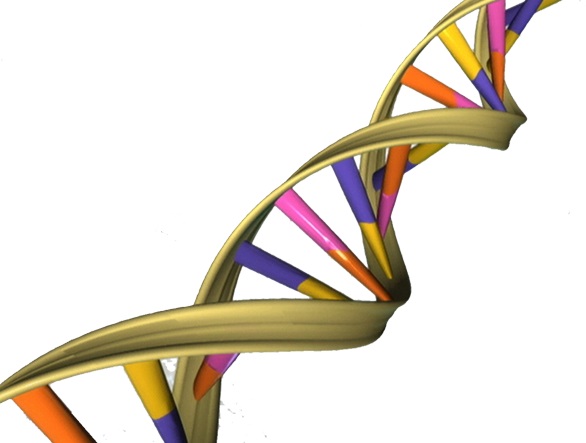A gene-editing method shows promise for using targeted gene-replacement therapy in living organisms.

A unique gene-editing method that efficiently inserts DNA into genes located in dividing and non-dividing cells of living rats has been developed by a team of international researchers, including scientists from King Abdullah University of Science and Technology (KAUST), Saudi Arabia.
Despite recent great advances in editing targeted genes within cultured cells, editing genes within living organisms has remained elusive because current tools are inefficient. This is especially the case for non-dividing cells, which make up most adult tissues, including those of the brain, the pancreas, the eyes and the ears.
Current gene-editing techniques typically use a natural DNA repair pathway, called homology-directed repair (HDR), to insert genetic material. However, this pathway is inefficient and not readily accessible in non-dividing cells. Another natural DNA repair pathway, called non-homologous end-joining (NHEJ), is more efficient in higher organisms and is active in non-dividing cells.
Studies have shown that NHEJ is error prone when used to turn off targeted genes but highly precise when used to insert DNA sequences into a gene. Until now, NHEJ had not been used for gene insertion in non-dividing cells, especially in tissues inside living adult animals.
The team developed a new technique called homology-independent targeted integration (HITI), which uses the gene-editing tool CRISPR-Cas9 to cut DNA at a specific location. The new genetic material is then inserted into the cut DNA using the NHEJ repair pathway.
The team found their method compared favorably to other gene-editing techniques.
“The new technology is considerably more efficient than existing methods,” said Distinguished Professor of Bioscience Pierre Magistretti, Dean of the Biological and Environmental Science and Engineering Division at KAUST, who collaborated in the study.
They successfully used HITI to edit genes in nerve cells from human embryonic stem cells. “This indicated that HITI could work in non-dividing cells,” explained KAUST Assistant Professor of Bioscience Mo Li, who co-authored the paper.
The team then tested the method’s efficacy in targeted insertion of foreign genes into several types of cultured mice tissue, including non-dividing cells of the brain. Finally, they tried it in live rodents using several delivery methods.
Most significantly, the researchers used HITI for gene-replacement therapy in rats bred with a hereditary condition called retinitis pigmentosa. This condition causes blindness in humans and is caused by a mutation in the Mertk gene. The team aimed to restore Mertk function by inserting a copy of the missing DNA segment into the gene. Tests revealed partial restoration of sight.
“For the first time, we have a method to edit the genome of non-dividing cells in the body. This could mean revolutionary new therapies for diseases of the eye, brain and heart,” said Li.







